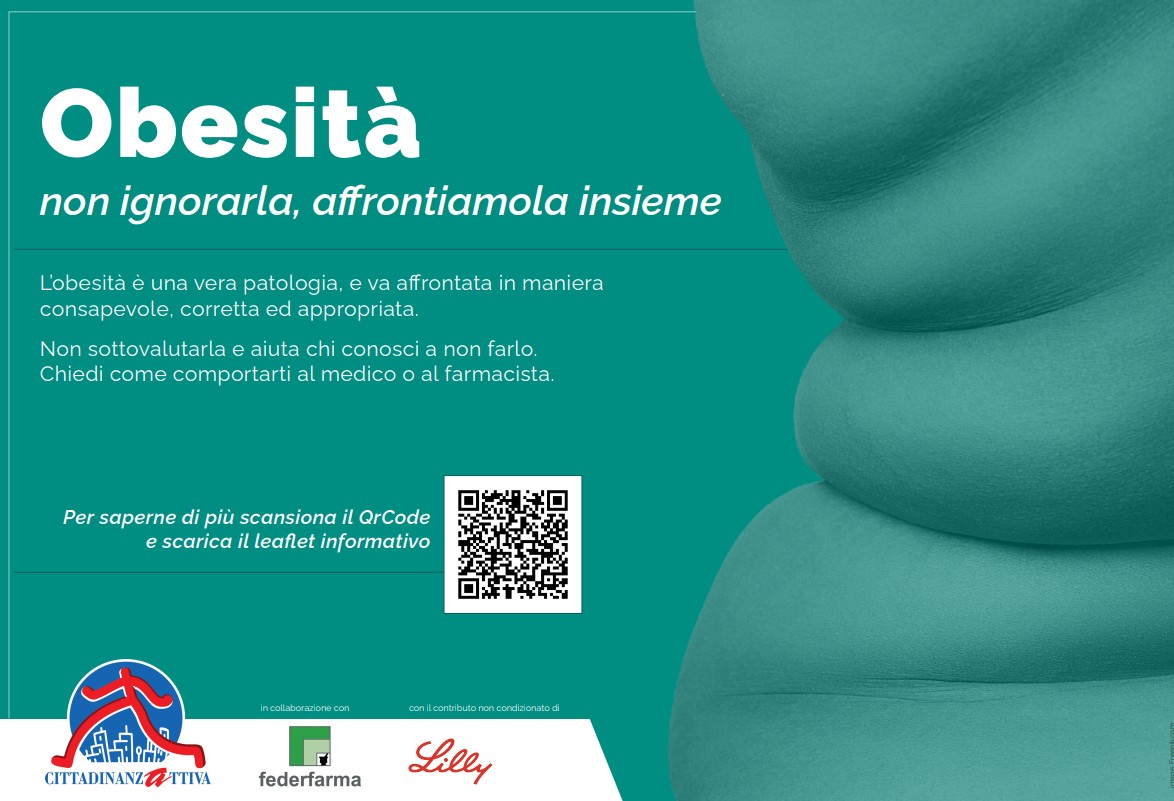ROMA (ITALPRESS) – The name recalls that of a famous Neapolitan dessert but is one of the latest novelties in the field of robotic surgery of the thyroid coming from South Korea. Because this Far East country is famous not only for K-pop and K-beauty but also for robotics, the ‘K-surgery’.
The BABA (acronym for Bilateral Axillo-Breast Approach) is a robotic thyroidectomy technique that includes 4 small axillary and periareal engravings, through which robotic instruments can access the thyroid loggia, instead of the classic neck engraving. This is an approach with remote access, that is far from the neck, which does not leave visible cervical scars, thus guaranteeing an excellent aesthetic result and at the same time offering the surgeon a symmetric and bilateral vision of both the thyroid lobes, magnificent by the use of the robotic camera. The first patient operated at Gemelli last September is a thirty-year-old from Abruzzo who is well and is fully satisfied with his choice; Since then Professor Raffaelli has already successfully carried out a dozen interventions.
“Last August – recalls Professor Marco Raffaelli, Ordinary of General Surgery at the Catholic University of the Sacred Heart and Director of the UOC of Endocrine Surgery and Metabolic Foundation of University Polyclinic Agostino Gemelli IRCCS – I went to South Korea to hold a magisterial reading on “Present and future of thyroid surgery. A European perspective” at the Korean Thyroid Association National Congress, where I had the honour of receiving a memorial plaque from the hands of Professor Woong Youn Chung (Yonsei University, Seoul), the creator of robotic thyroid surgery. Taking advantage of my stay in Korea, I went to the AIN Hospital in Incheon where Professor Jin Wook Yi, one of the leading experts in robotic BABA, works to learn it from him. I confess that it really impressed me and so, back in Italy, I started using it immediately. Operating times are slightly higher than traditional surgery, but the aesthetic advantage is huge and patients are released the day after surgery. Costs are a little higher than traditional intervention, a common problem for all robotic surgery that unfortunately does not have a dedicated DRG. Our hope is that you will soon come to a solution from this point of view to be able to offer this type of intervention to an increasing number of patients. As I have been able to affirm during my reading in Korea, in the future thyroid surgery will be increasingly mini-invasive, conservative and robotic.”.
The BABA thyroidectomy surgery with the robot was carried out for the first time in 2008 at the Seoul National University Hospital. BABA finds indication for both benign and thyroid cancer pathology.
– Policlinico Gemelli print office photos –
(ITALPRESS).






